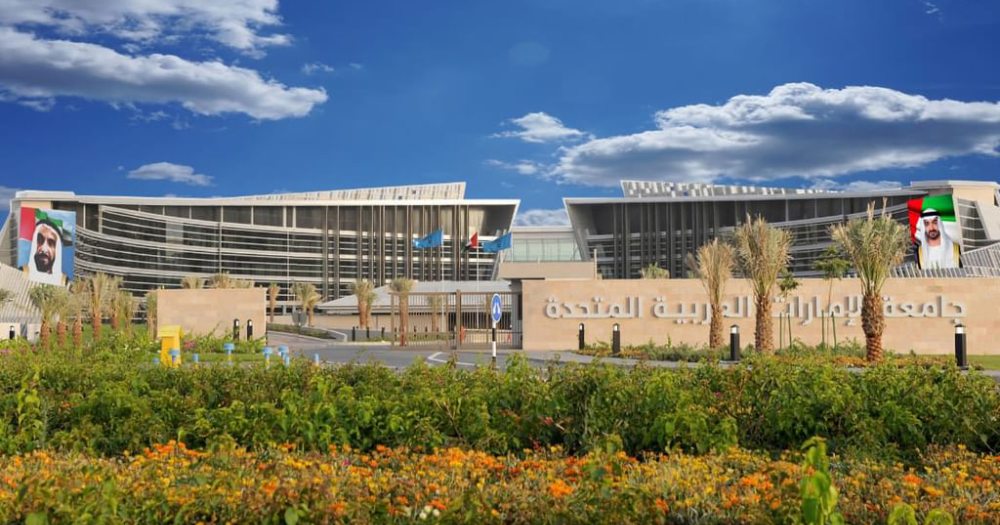UAEU, Indian Institute of Technology introduce framework to forecast malaria outbreaks

Malaria remains one of humanity's oldest and deadliest foes. It thrives in warm, humid pockets of the world, silently claiming over half a million lives each year. Now, researchers from the United Arab Emirates University (UAEU) and the Indian Institute of Technology Madras Zanzibar campus have teamed up to give science a sharper weapon. Their joint study, published in Scientific Reports by Nature, unveils a cutting-edge framework that marries artificial intelligence with mathematical epidemiology to forecast outbreaks with unprecedented accuracy.
As Prof. Abdessamad Tridane puts it, "This research demonstrates the power of AI when combined with classical epidemiological models."
How does it work?
At its core, the system reimagines how we model disease spread. Instead of generic assumptions, it pulls in the environmental heavy hitters — temperature and altitude — right into the heart of the transmission equations. This tweak makes the models less like static charts and more like living, breathing simulations.
- The tech backbone: Advanced AI tools, including artificial neural networks (ANNs), recurrent neural networks (RNNs), and physics-informed neural networks (PINNs), refine the predictions.
- Real-time intelligence: A method called Dynamic Mode Decomposition (DMD) churns out a real-time infection risk score, giving public health teams the early warning they need.
The result? Forecasts that aren't just numbers on paper — they're actionable signals.
Why does it matter?
In the fight against malaria, timing is everything. The sooner health agencies know where and when the disease might flare up, the faster they can deploy resources — bed nets, medicines, outreach teams — to save lives. This is especially critical in sub-Saharan Africa, where a staggering 94% of global cases occur. The new model's precision offers not only better outbreak predictions but also smarter allocation of scarce resources.
"By embedding environmental dependencies directly into the transmission functions, our model captures the complex, real-world behaviour of malaria spread," says Prof. Tridane. And that means fewer missed hotspots and more lives spared.
The context
Global health experts have long wrestled with malaria's stubborn grip. Climate change, shifting weather patterns, and urban expansion are reshaping where mosquitoes breed and thrive, making the disease harder to track. Traditional models, while useful, often fall short in accounting for these changes in real time. By blending AI's pattern-spotting prowess with the rigor of mathematical modelling, this research could be a game-changer — offering a clearer view of how environmental factors drive outbreaks.
In a world where one degree of warming can redraw the map of risk, such foresight isn't just clever science — it's survival strategy.
💡Did you know?
You can take your DHArab experience to the next level with our Premium Membership.👉 Click here to learn more
🛠️Featured tool
 Easy-Peasy
Easy-Peasy
An all-in-one AI tool offering the ability to build no-code AI Bots, create articles & social media posts, convert text into natural speech in 40+ languages, create and edit images, generate videos, and more.
👉 Click here to learn more


